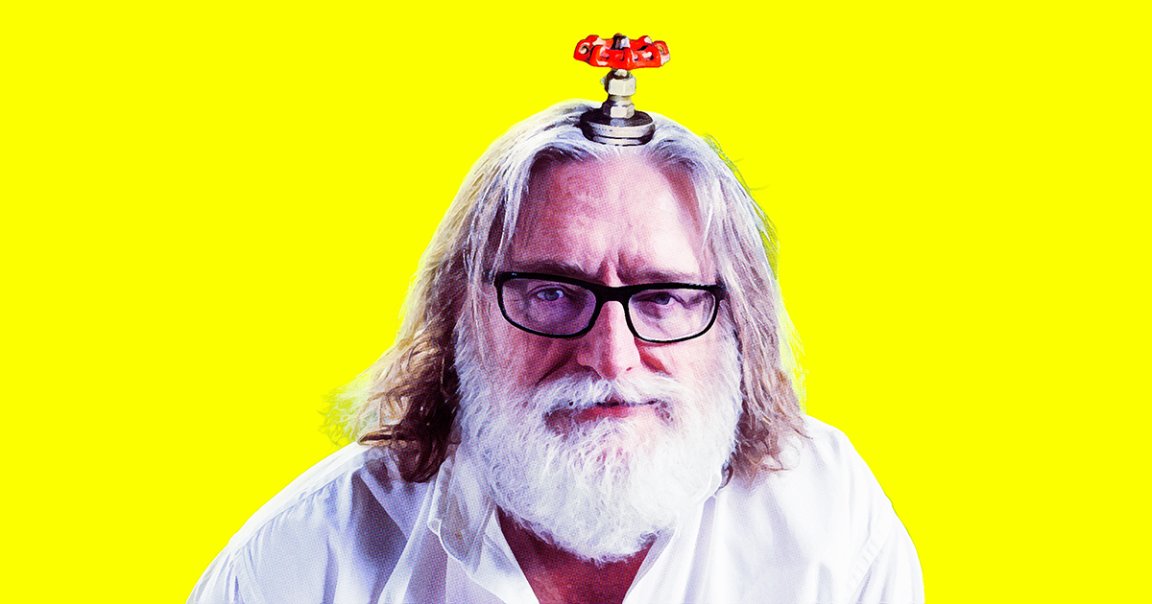
The rumors are true — Gaben’s finally doing it. And no, “it” doesn’t involve the number three.
After a long silence, Starfish Neuroscience, the secretive startup owned by Valve cofounder Gabe Newell, announced that it’s getting ready to unveil its first batch of brain computer interfaces this year. And it’s looking for help.
“We anticipate our first chips arriving in late 2025 and we are interested in finding collaborators for whom such a chip would open new and exciting avenues,” wrote Starfish engineer Nate Cermak in the company’s first ever blog post last week.
The update was made with so little fanfare that it wasn’t first spotted for two days, initially by Valve watcher Brad Lynch, which prompted more widespread attention from the likes of The Verge.
From what little Starfish has shared, it’s creating a “minimally invasive” chip that will target multiple regions of the brain instead of one, unlike BCIs from competitors like Elon Musk’s Neuralink.
The reason why, Starfish says, is because emerging research suggests that neurological disorders like Parkinson’s disease involve some form of dysfunction in interactions between brain regions.
“Developing better therapies for these disorders will require distributed neural interfaces capable of interacting with the brain at the circuit level,” reads the blog post. “Such interfaces do not yet exist clinically, and existing interfaces are not straightforward to parallelize because of their bulky physical footprints.”
And so, Newell’s startup is making its chip as small possible, with such tiny power demands that it doesn’t even need a battery. It’ll run, instead, entirely via wireless power transmission.
In all, Starfish’s planned brain chip — which it says is being built in partnership with the international R&D firm IMEC — will have just 32 electrode sites and a tiny power consumption of 1.1 milliwatts during “normal recording.” And its dimensions are equally diminutive: just two by four millimeters in size.
For comparison, Neuralink’s battery-powered chip, as the Verge notes, boasts 1,024 electrodes, was last reported to demand around six milliwatts of power, and is about 23 by eight mm.
That’s not a knock against Neuralink, to be clear. Its patients seem pretty happy with their chips — allowing one of them to play Valve’s very own tactical FPS “Counter-Strike 2,” in fact.
But Musk’s company has run into issues with implanting the devices. That perhaps illustrates Starfish’s down-scaling raison d’etre, which will reduce the “surgical burden of device implantation,” the company argues.
That said, this is all very early days. Starfish doesn’t have an actual product to share yet, and it has a long road to catching up with the competition. But will it have something to show before Newell’s little side-venture Valve releases “Half-Life 3?” It’s entirely possible.
“There is tons of work yet to be done here,” Starfish wrote.
More on BCIs: Brain Implant Companies Apparently Have an Extremely Dirty Secret